As a Psychiatric Nurse Practitioner passionate about providing care to the LGBTQ+ community, my goal is to create a convenient and safe space where people can be themselves, without fear of judgement, regardless of self-identity.
Additionally, as a person with ADHD and a proud member of the LGBTQ+ community, I know the importance of having open communication with partners, especially about the way your ADHD symptoms affect your daily life and the way you interact with others.
For this reason, I created the following Action Guide to help those in relationships that involve ADHD. The overarching idea here is to be open in your communication! Just as we in the LGBTQ+ community value openness and not hiding our true selves, the best way to thrive in a relationship that includes ADHD is to be open and communicative about all things ADHD.
While my focus is on LGBTQ+ needs, I think most will find that this guide can be used in all types of relationships, romantic or otherwise.
For the Partner with ADHD:
- Get help to manage your ADHD!
- Start by educating yourself on the condition
- Identify which symptoms you experience most
- Find a provider with values you appreciate
- Ask your provider about treatment options
- Be open with your partner about your symptoms.
- Discuss specific tasks you struggle with
- Be open about tasks you excell in and enjoy!
- Tell your partner about the treatment options your provider offered
- Try to explain your symptoms in a way your partner can relate to. Frame your daily struggles with relatable examples, but explain the severity you experience.
- If you are prescribed medication – take it as prescribed.
- Use alarms and reminders on your phone or calendar for medication, appointments, etc.
- Ask your provider about taking medication on the weekends and if it may help with problems in your relationship.
- The best way to prevent nagging (the most common complaint) is to follow through.
- If you need help, ask for it – either professional or otherwise.
- Connect with others in your LBGTQ+ community who also have ADHD
- Not sure if you know someone else with ADHD? Open up about your own ADHD journey.
For the Partner without ADHD:
- Educate yourself on ADHD symptoms and how they can manifest differently.
- Ask your partner to share their feelings and experiences as they relate to ADHD.
- Listen to your partner! Validate their feelings and try to find ways to relate.
- Break the cycle of micro-managing like a parent instead of being supportive like a partner/spouse. Ask for ways in which you can support them.
- Agree to and write a list of things to be done each day instead of reminding your partner all day.
- If you need a task completed by a specific time, write that down – be specific.
- Try asking for what you want instead of telling or assuming your partner should already know.
- Please and thank you are good motivators, but no begging and pleading.
- If your partner does not follow through, be assertive (see below).
- Ask for one thing at a time; remembering lists can be difficult with ADHD.
- Seek professional help before things get too bad – it might save your relationship.
Communicating with ADHD:
- Sit down each week and talk about what you hope to accomplish.
- Don’t compete for attention – turn off the phone, television, computer, etc.
- Choose a time when both of you are alert and not distracted by deadlines or children.
- Be assertive – express your feelings directly and ask for what you want using ‘I’ messages. (ex: I am feeling overwhelmed by housework. I need your help. Will you please take out the trash by eight o’clock tonight? )
- Whatever you agree to do, write it on a ‘to do’ list (with the time).
- Ask for the next thing you need/want: The grass is getting high. Will you mow the lawn in the morning before it gets too hot? If so, write it on the list.
- Decide on these things together – if your partner has things they want to do, add them to the list. This helps both of you have a better idea of what is reasonable to accomplish.
- Once you agree on tasks and make the list – stop talking about it.
- Your list can be a joint list posted on the refrigerator or individual lists.
- Mark off items as they are completed.
- If things don’t get done, sit down the next day and add it to the top of the list.
- Celebrate when the list is complete!
- Try to have days with no lists. These are much needed and the day can focus on connecting together and enjoying each other.
Relationships can be tough! They require communication which can be challenging when one or both partners have ADHD, but with the support of each other and your community, you can thrive!
Looking for a compassionate provider with a personal connection to the LGBTQ+ community and ADHD? Contact me for more information!


